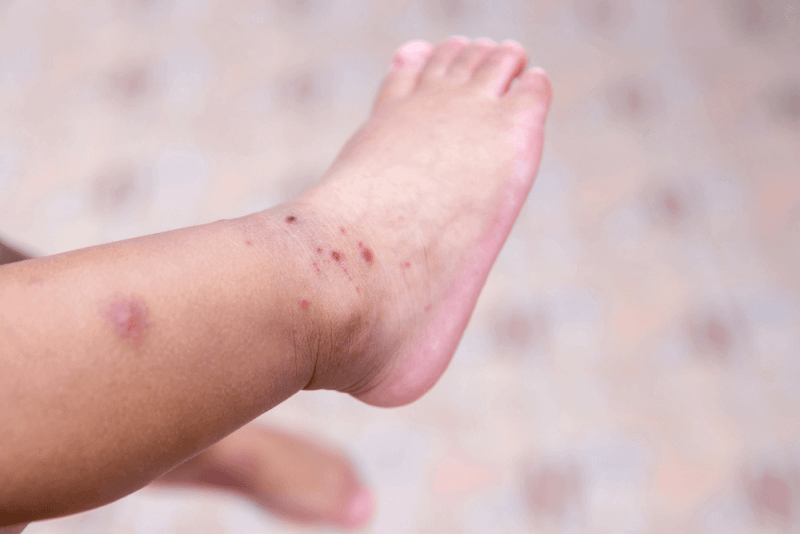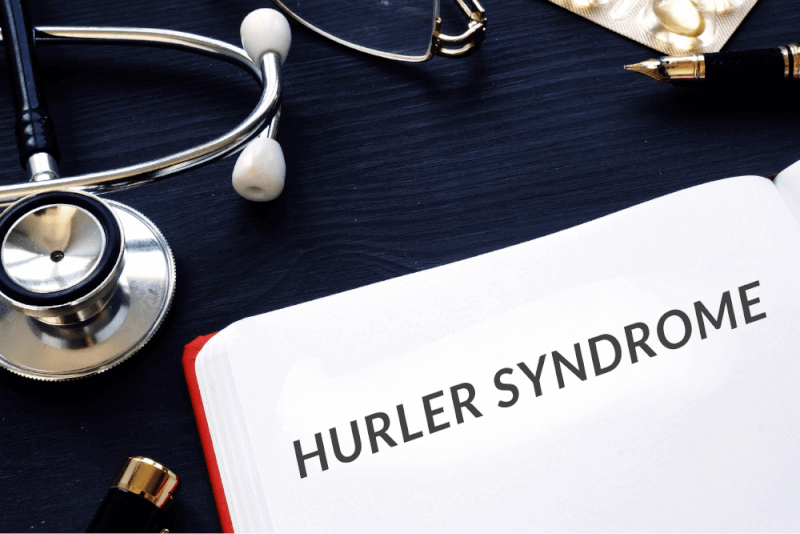Rectal bleeding in children is known as a condition that can occur due to constipation and is generally observed as rectal cracking. Since rectal bleeding is generally associated with anal fissure, research into the underlying cause is very important for an accurate diagnosis. Bleeding may occur due to cracks in the anus. Although this situation is considered quite normal, the main source of this situation is known as constipation. Although it is very frightening for parents who notice rectal bleeding in children, it continues to be observed as a normal condition by physicians.
However, as soon as blood from the rectum is noticed, a physician should be consulted to make the correct diagnosis and diagnosis. Because rectal bleeding in children can be caused by many reasons. The fact that there are so many types of constipation that cause it plays a major role in the diagnosis and diagnosis of doctors. Constipation is never a disease to be taken lightly. The problem of constipation occurring in the body needs to be solved urgently. Children's food habits should be examined in detail and the frequency of toileting should always be taken into consideration to make the diagnosis.
One of the biggest causes of constipation is not getting enough fluid into the body. Constipation is quite common in children who do not consume plenty of fluids. A child suffering from constipation overstrains himself/herself in the toilet, paving the way for the formation of tears and cracks in the anus. Blood starts to come out of the ruptured and cracked anus. This is called rectal bleeding. Cracks that develop superficially cause different problems in later ages. In order to avoid these problems, the problems that occur with surgical operations should be urgently eliminated. Surgical operation is a must, especially in cases of never-ending and frequent bleeding.
In which age range is it observed?
Rectal bleeding in children is observed in children on average between the ages of 11 and 18. This is because rectal bleeding becomes less frequent and even disappears completely as a result of regular nutrition and drinking plenty of fluids. The formation of anal fissure cracks in children develops due to constipation. Rectal bleeding is often observed in children whose eating habits are not regular, who do not drink plenty of fluids and do not perform regular body movements. In order to provide a complete treatment for this condition, the physician must have enough information about the patient. How often children with rectal bleeding go to the toilet is of great importance. This should be the first determination. Then, a complete change in the diet to relieve constipation is again among the important factors. At first, rectal bleeding is only perceived as a constipation problem, but intestinal problems are also a factor. Rectal bleeding also occurs due to obstruction in the intestines and problems caused by parasites in the body.
Causes of Rectal Bleeding in Children
The first leading cause of rectal bleeding in children is constipation. This situation also prepares the ground for the problem of hemorrhoids. Since the part that causes bleeding is known as hemorrhoids, the underlying causes vary.
The main causes of rectal bleeding are as follows:
- Meckel's Diverticulum
- Occurring due to the intertwining of the intestines
- Occurrence of Crohn's disease
- Intestinal infections
- Onset of ulcerative colitis
- Constipation
- Development of parasitic origin
The above reasons play a major role in the onset of rectal bleeding in children. For this reason, it is very important to consult a physician about the problem. In addition, in untreated cases, it stands out as a more frequent and more painful and painful problem in later ages.
Symptoms of Rectal Bleeding in Children
Although the initial diagnosis is always based solely on constipation, this is not the only underlying cause. Therefore, the cause of the rectal bleeding should be examined first. Because sometimes rectal bleeding can also occur as a result of a parasite in the intestines. In addition, the presence of blood in solid stools may indicate internal bleeding in the stomach, small intestine, colon, anus and rectum. Constipation, which can often cause anal fissures, is directly related to different causes of the disease. You can observe this disease as follows:
- Tearing in the anus
- Blood observed on underwear
- Feeling pain when using the toilet
- Blood in the form of streaks observed in solid feces
- Skin formation at the fissure tip
The above-mentioned symptoms are the conditions observed in case of anal fissure with rectal bleeding. Symptoms related to rectal polyps, which are in second place, are listed as follows:
- Observation of mild diarrhea
- Blood in the stool
- The polyp begins to sag during defecation
- Feeling cramp-like pain
- Onset of intense bleeding
These conditions above are observed as symptoms that occur when rectal polyps occur. If the intestines are intertwined, the symptom is characterized by the appearance of red and viscous blood. Dehydration can also cause symptoms such as dizziness, weakness and fever. This condition, which develops when the child has bloody stools, must be treated. The following symptoms are observed in children with Meckel's Diverticulum:
- Bloody stool
- Severe pain in the abdomen
- Appearance of a pale complexion due to bleeding
- Unstable bleeding
- Tenderness in the belly button
- Experiencing nausea and vomiting
How to Diagnose Rectal Bleeding in Children?
The first method of diagnosis is a finger examination by a physician. During the physical examination, a stool sample is requested from the patient in order to decide on the situation examined. The condition found in the stool sample plays a major role in the diagnosis. Diagnostic methods applied in rectal bleeding in children are listed as follows:
- Trying to find out if there are rectal polyps by endoscopic examination
- Checking for cracks in the anus
- Monitoring the general condition of the intestines with blood tests
- MRI Tomography and X-rays







